May 06, 2020
Sole e Amore: The Ryan Opera Center’s Voyage of Discovery
Sole e Amore, Lyric’s streamed presentation of art songs by the great Italian opera composers, has drawn Ryan Opera Center artists into repertoire that is almost entirely new to them. It’s been a joy for them to get to know it better, guided by director Matthew Ozawa and Lyric Music Director Designate Enrique Mazzola.
“These pieces are so beautiful,” says baritone Leroy Davis of the two Puccini songs he sings. He was thrilled to work with Mazzola in person for the first time. “Maestro gave me unique insight into how Italians approach this music, and also not just what the words mean, but how an Italian would pronounce them. It changed how I approach diction and what words I decide to bring out.”
Davis was equally grateful for Ozawa, who directed the filming of each song: “He was always looking for a way into the text and the music, and a way to tell the story that was wholly organic.” For “E l’uccellino” (“And the little bird”), the idea was “to convince the child in front of me to settle down and go to sleep. I played with a little yellow bird as I was singing, while showing how much I loved the child. The bird was going to teach the child all he knew, loving the child and giving him everything in the future. I was the extension of the bird.”
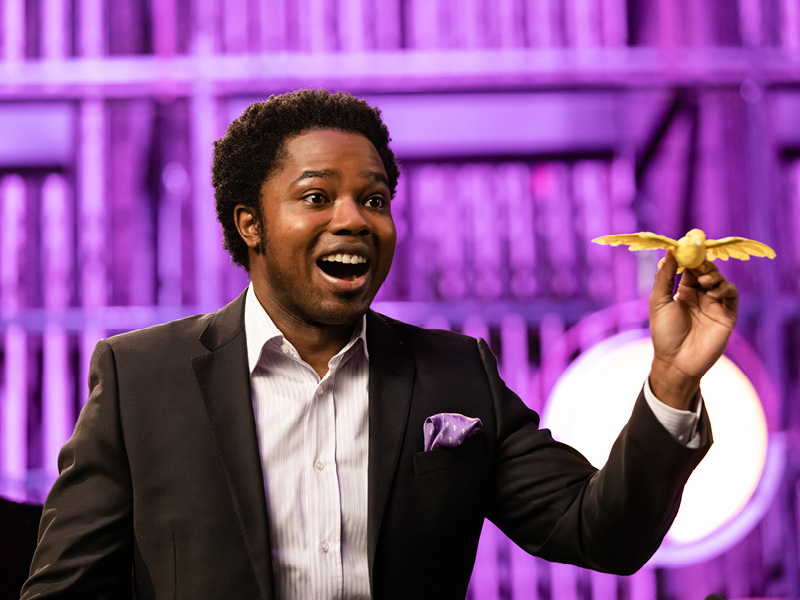
For filming, there were three cameras, and performing for them rather than a live audience was a challenge. Davis admits that “I love looking out and making eye contact. It’s different when there’s a camera crew in front of you! The camera becomes the audience, catching things live listeners might miss when there’s so much space to cover.”
Bass-baritone David Weigel sings songs of Verdi and Bellini in the streamed performance. Prior to Sole e Amore, his knowledge of 19th-century Italian song was “mostly academic. However, and seemingly coincidentally, last November Craig Terry suggested that I explore some bel canto Italian art songs as a way to continue working on bel canto technique. Maestro Mazzola’s knowledge of bel canto style, interpretation, and presentation is impeccable.”
In one of Weigel's songs, “I had to track a camera—which was maybe eight feet away—as it moved left and right, while I focused on telling the story of the song and staying together with Maestro at the piano. Fortunately, the film crew was very friendly and efficient, making this very new experience a much easier transition.” Weigel is certain that the details provided by the camera “make the recital much more personal and allow us to connect to the viewers through the screen.”
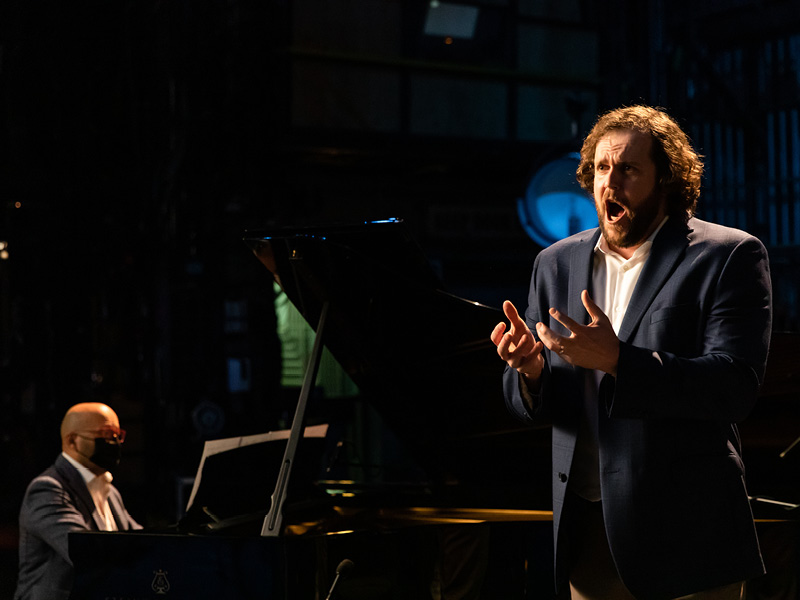
Tenor Martin Luther Clark, who performs Puccini and Mascagni songs, gained particular insights simply by watching Maestro Mazzola “demonstrating the emotions of the piece.” Clark refers to the work with Ozawa as “‘staging with the face’—showing on your face what’s happening internally to the person singing. I could tell that Matthew and Maestro were on the same page in how the introspective work should take place in this repertoire.”
Clark believes viewers will enjoy “the extroverted emotions of these songs. It’s Italian music, so it needs to be sung and interpreted with that energy, and with the heart on the sleeve. You definitely need sincerity in singing this repertoire—it should inform the artistry.”
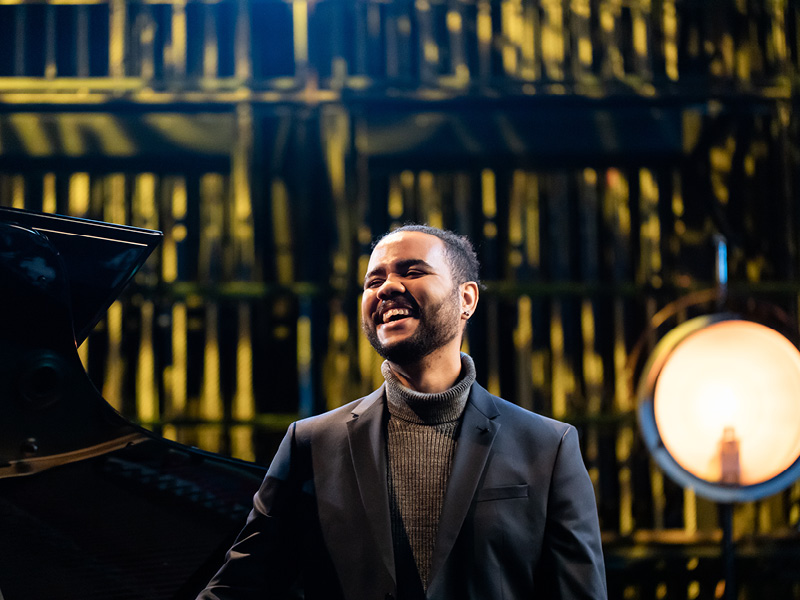
Bass Anthony Reed finds one of his songs particularly unusual: “Respighi’s ‘E se un giorno tornasse’ [‘And if one day he should return’] is a recitative, which I needed to sing in two separate voices.” The song is poignant for our time, given that it’s someone saying to a friend, “What do I say to this person who isn’t here about what your final hours were like?” Reed finds this situation “a global experience right now—having to say goodbye to loved ones who can’t be in the same room with them.”
The filming of the Respighi song is “really cool,” Reed declares. “They had two profile cameras, and one that was on a dolly zooming in and out. One of the sides of my face is really dark for the person who’s dying, and the other side is light. So I have these voices that go back and forth between the two profiles. I have a feeling we’re going to be including this type of project in our careers. The ability to scale what we do to film, vs. opera houses, is going to be an important skill. I feel blessed that we have a chance to practice and have guidance in it.”
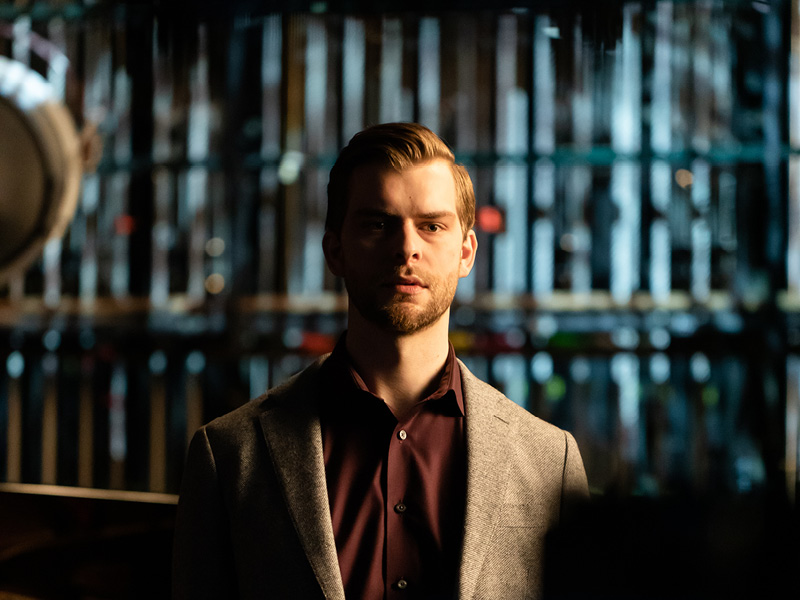
Unlike most of the Ensemble, South African tenor Lunga Eric Hallam knew some of this repertoire. In songs of Bellini and Leoncavallo, he’s concentrating on “the beauty of the texts and the meaning of each song. During this time, people need to hear something about love, and to feel loved and appreciated. These songs will really revive any couple’s love, because the words are so beautiful.” Prior to the filming, Ozawa’s advice to Hallam was, “‘Be yourself and express the text. Don’t fake anything, just live within the moment and be as expressive as you can.’
“It’s been a while since people have seen live performances,” says Lunga. “Our mission is to bring hope again to singers and to music lovers. I hope they’ll be able to pick up on that from this concert.”
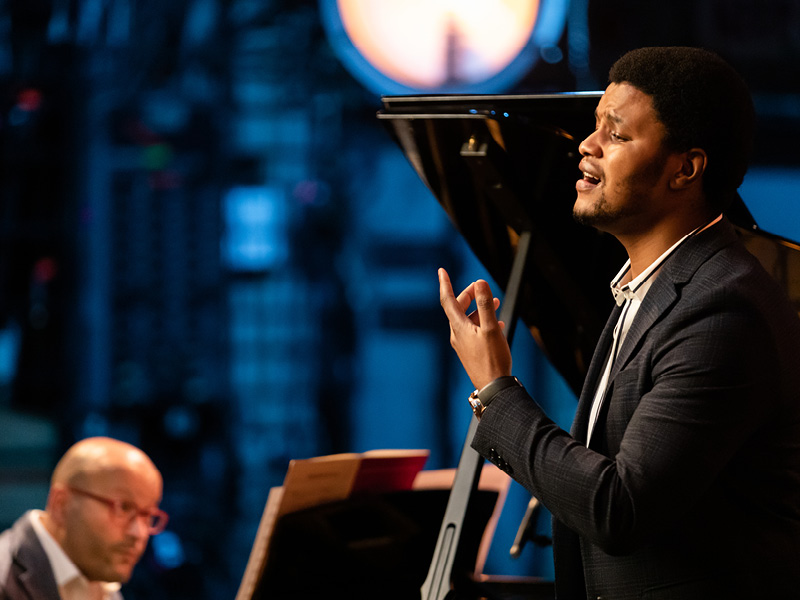
Photo credit: Kyle Flubacker
